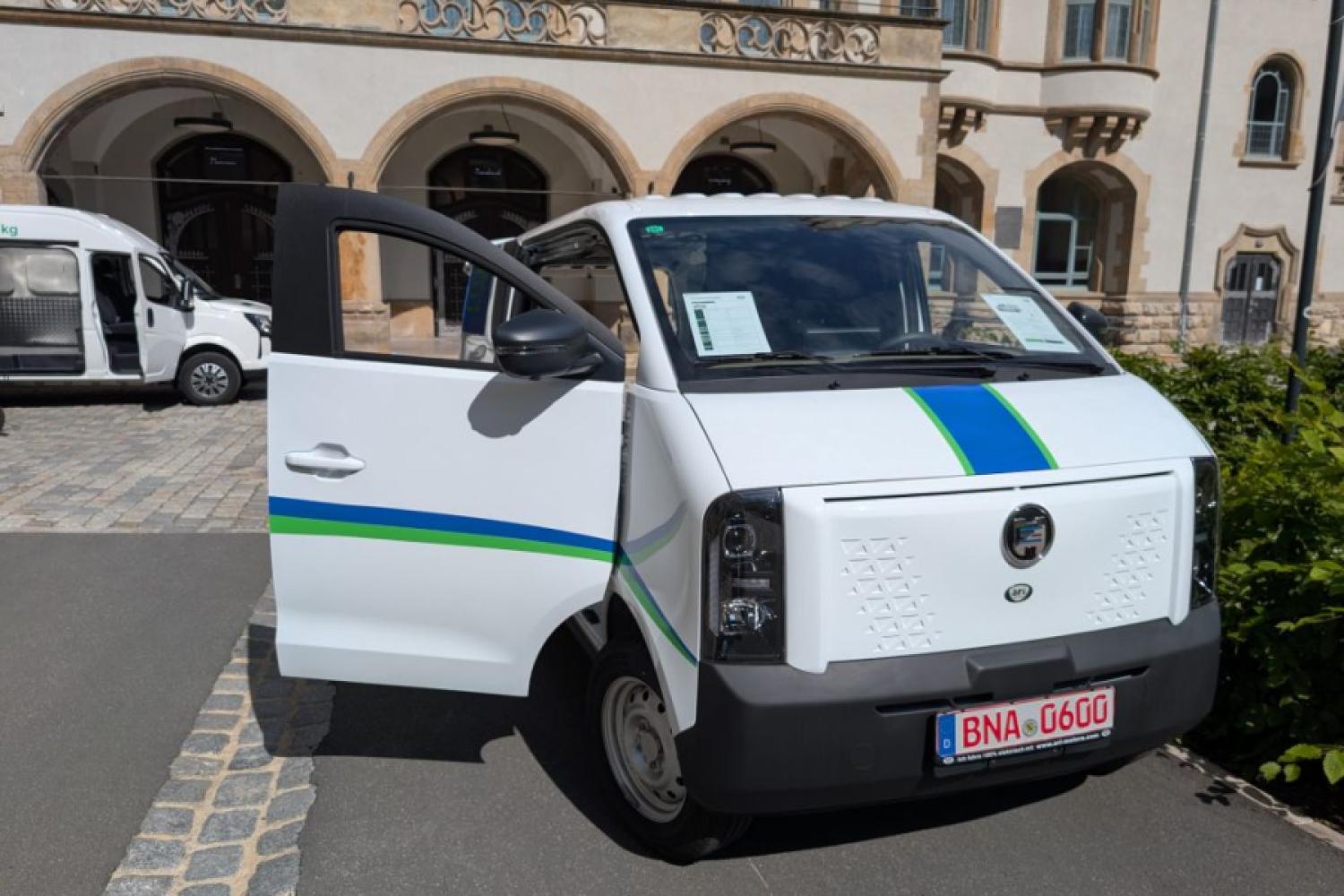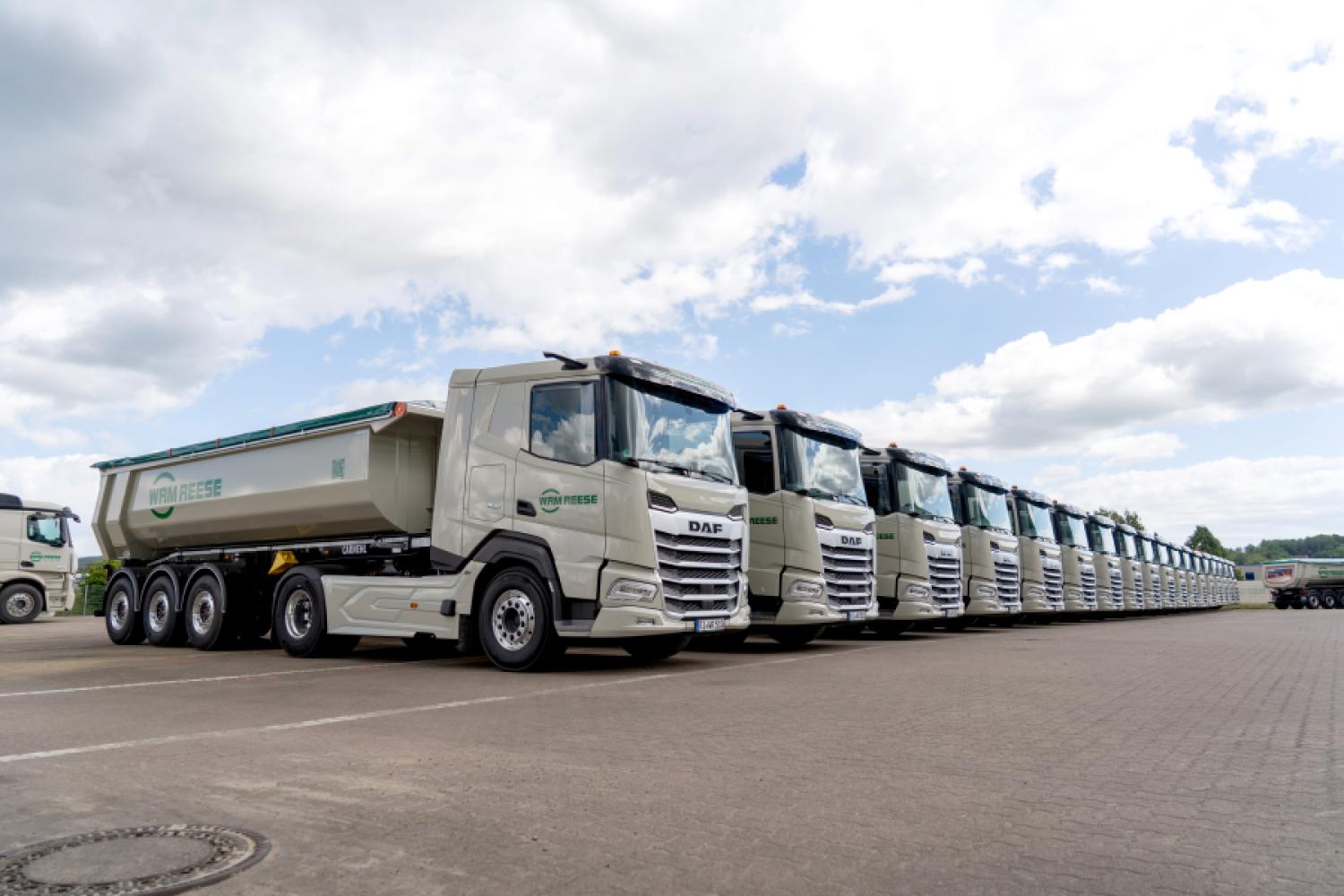The Radlogistik Verband Deutschland e. V. (RLVD), together with several member companies, has introduced a new term for previously barely defined heavy cargo bikes/heavy-duty bikes: Commercial Cargo Bikes. The aim is to create a clear and industry-wide understandable designation for economically used cargo bikes - and to clearly distinguish these from models for private use, such as for
transporting children or shopping, according to the industry association.
The term was developed in an open and participatory process within the association's Technology & Standardization working group. Member companies like Zemmi, Rhytle, mubea, and HYPABOX actively contributed, according to the RLVD. Proposals could also be submitted through an open survey by the association. The final decision was made
by voting among the participants.
A Commercial Cargo Bike is thus a cargo bike designed for commercial use in transport, services, or crafts. Its typical application is on the so-called "last mile" in urban areas. The vehicles are characterized by an allowable total weight of 250 to a maximum of 600 kilograms - a definition that aligns with
the European standard DIN EN 17860:4.
“With the term Commercial Cargo Bike, we create a common, understandable language for vehicles that are in daily economic use – whether in parcel delivery, crafts, or municipal services. The term emphasizes the professional benefit and consciously sets itself apart from leisure or private use,” explains Sebastian Bächer, Technical & Standardization Board






